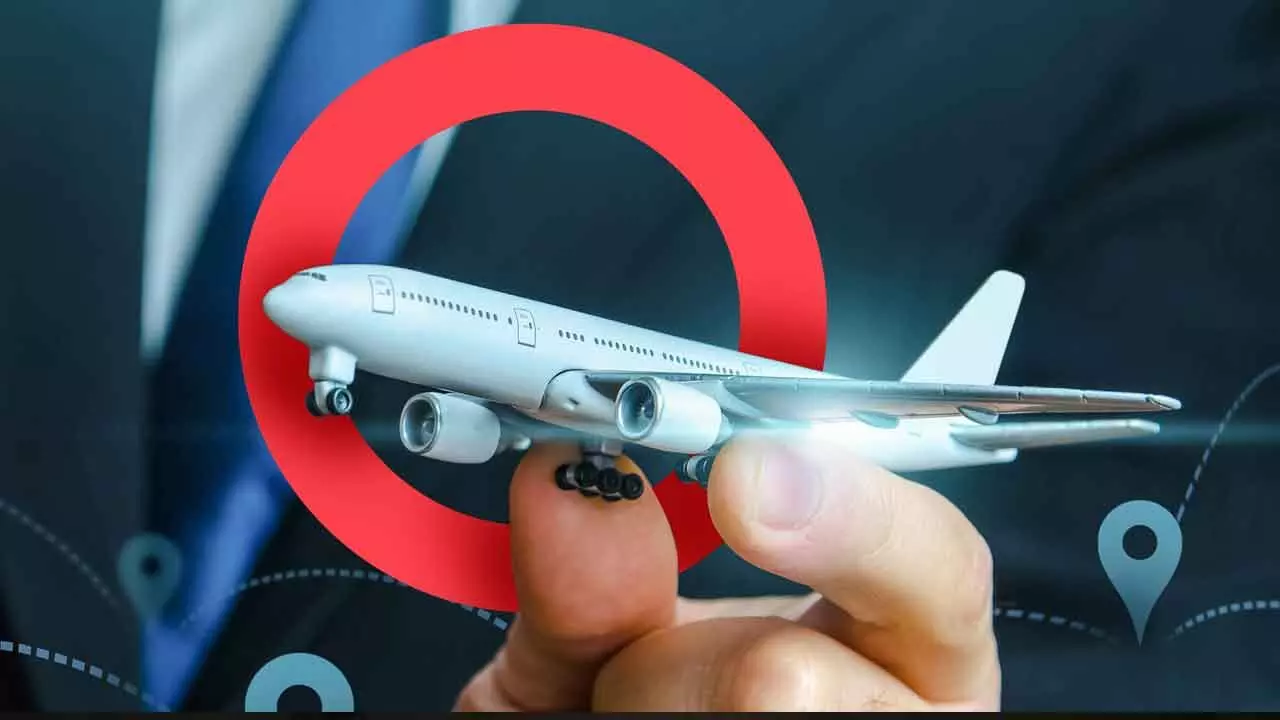Watch Out For The Key Commercial Aviation Trends That Will Shape The Industry In 2025
Watch Out For The Key Commercial Aviation Trends That Will Shape The Industry In 2025

The beginning of any new year brings with it an opportunity, coinciding with the recent CES 2025, to look at the trends afresh, as well as the new and emerging technologies, which will shape the air transport industry over the next 12 months and beyond. A continuing and overriding trend will be reliance on automation and robotics, which are redefining efficiency and reliability across aviation operations. Robotics has also revolutionised baggage handling, aircraft maintenance, and even passenger services. Airports are leveraging autonomous vehicles and robotic assistants to streamline workflows, reduce errors, and improve overall customer satisfaction like the Munich airport and Emirates. Today, the Internet of Things (IoT) is at the heart of the ongoing technological transformation. It is imperative that to support the massive influx of data so generated, the underlying infrastructure must be also be evolved. This includes deployment of high-speed and low latency networks to enable real-time data transmission, edge computing systems to process data closer to its source, and robust cloud platforms for storing and analysing large volumes of information. Additionally, advancements in cybersecurity are critical to safeguarding this interconnected ecosystem against potential threats.
Beyond the technical backbone, airports and airlines are investing in scalable, flexible IT systems that can adapt to the increasing complexity and demands of IoT applications. Together, these advancements ensure that IoT technologies not only function seamlessly but also drive innovation across the aviation industry. Leveraging biometrics is a foundation for improving customer experience, and also a key to increasing security across airports and the borders. A common theme across innovation projects in air transport is sustainability, which remains a key priority with the global industry’s commitment to reaching net zero carbon emissions by 2050. Electric and hybrid aircraft are no longer just theoretical concepts – they are tangible realities nearing commercial adoption. These technologies can significantly reduce greenhouse gas emissions while maintaining operational efficiency, while hydrogen fuel cells are gaining traction as a viable and transformative energy source. To combat the challenges like developing infrastructure for hydrogen production, storage, and distribution, collaborative efforts are being made across the industry to accelerate progress. The potential of hydrogen extends beyond propulsion – it can also play a role in powering airport operations and auxiliary systems.
For the first time, we are not just mitigating aviation’s environmental impact but we are also actively reimagining its role in a cleaner, greener world. Sustainable Aviation Fuel (SAF) represents a critical innovation in the travel industry, offering a renewable alternative to traditional jet fuel. Its adoption is essential for meeting global climate targets and addressing the growing demand for environmentally responsible travel solutions. SAF is reshaping the industry’s sustainability efforts while ensuring long-term viability and growth. Furthermore, we will see technology that will aid airports and airlines not only for passengers with special needs, but those that can support workforce development. In 2025, the demand for advanced avionics and safety systems will rise, with operators focusing on upgrading existing fleets. New technologies such as weather radars, terrain awareness systems, and traffic collision avoidance systems will enhance both safety and passenger experience. These upgrades will provide pilots with more accurate real-time data, reduce the likelihood of accidents, and improve overall flight efficiency and comfort.

